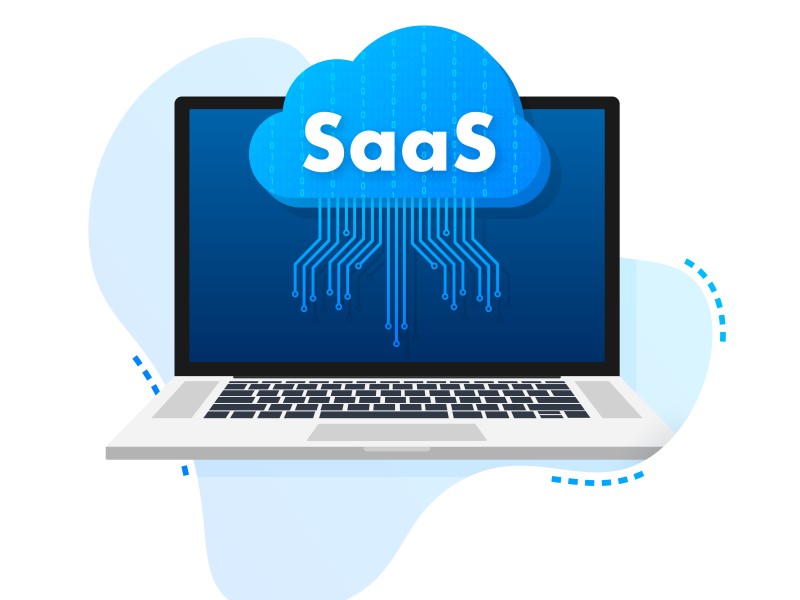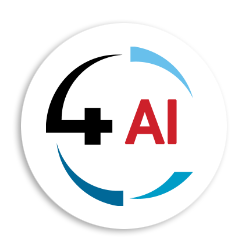Blog
Key Considerations for migration to Dynamics 365 Business Central SaaS

In recent years, there has been a significant shift in the way businesses operate, with many moving towards cloud-based solutions. One such shift that has been prevalent, is in the Enterprise Resource Planning (ERP) market, with many companies looking to move their Dynamics 365 Business Central On-premise installations to Dynamics 365 Business Central SaaS.
Dynamics 365 Business Central is a comprehensive ERP solution, designed to help small and medium-sized businesses (SMBs) automate and streamline their financial and operational processes. Market trends show us that this software has been well received in the market, with many businesses finding it to be an effective tool for managing their operations. However, with the rise of cloud computing and the benefits that come with it, more and more interest has sparked on the topic of migrating these installations to the cloud.
This change may seem daunting at first or for some, may not feel necessary at all. However, the benefits of migrating to Dynamics 365 Business Central SaaS are numerous.
First and foremost, SaaS solutions are accessible from anywhere, making it easier for businesses to manage their operations remotely, resulting in far more collaboration and connection between teams.
With Business Central SaaS being far more scalable, it allows the ability to easily scale up or down usage based on an organisation’s needs, you won’t have to worry about hardware upgrades or maintenance.
In addition to these benefits, Dynamics 365 Business Central SaaS also offers better security and reliability when compared to on-premise solutions. SaaS solutions are hosted in secure data centers, with multiple layers of protection against cyber threats and attacks. This makes it easier for businesses to comply with data privacy regulations and protect their data from external threats.
The demand for the integration of ERP solutions with other business applications is growing. Businesses use a wide range of applications to manage their operations, from customer relationship management (CRM) software to project management tools. Integrating these applications with the ERP solution can provide a more complete view of the business operations and streamline processes across the organization.
The use of Artificial Intelligence (AI) and Machine Learning (ML) in ERP solutions is another emerging trend. AI and ML can be used to automate repetitive tasks, provide insights into business operations, and optimize processes. Many SaaS ERP solutions now incorporate AI and ML features to help businesses improve their operations and stay ahead of the competition.
The value is immense, isn’t it, and you may be asking yourself, “where do I begin”?
The truth of the matter is migrations require careful planning and execution to ensure a smooth transition. With careful consideration and planning, businesses can successfully migrate to Dynamics 365 Business Central SaaS and unlock the benefits of a cloud-based ERP solution.
It is important to evaluate the current system and the current state of the on-premise installation. This includes identifying the customizations and integrations that have been made to the software, as well as any third-party applications that are being used. This information is important in determining the scope of the migration and the resources required to complete it.
Once the scope of the migration has been determined, the next step is to prepare the data for migration. This involves cleaning up the data and ensuring that it is in the correct format for the new system. It is also important to determine the migration strategy, which may involve a phased migration or a full cutover.
The next step is to configure the new Dynamics 365 Business Central SaaS solution. This involves setting up the new environment, configuring the settings, and setting up the integrations and customizations that were identified in the assessment phase. It is important to thoroughly test the new solution to ensure that it is working as expected before moving on to the next phase.
Fortunately, Business Central SaaS has a built-in migration tool to help organisations move data from on-premise systems to the cloud. This migration tool will assist organisations through this process, decreasing the significant undertaking of the migration process.
The final phase of the migration process is to go live with the new solution. This involves migrating the data from the on-premise installation to the new SaaS solution and verifying that the data has been successfully transferred. Once the data has been migrated, it is important to train the users on the new solution and provide ongoing support to ensure a smooth transition.
In conclusion, the SaaS market itself is rapidly evolving, with new vendors entering the market and existing vendors expanding their offerings regularly. This means that businesses have more options than ever when it comes to selecting a SaaS ERP solution. Therefore, when considering a move to Dynamics 365 Business Central SaaS, it is important to carefully evaluate the features and capabilities of the solution to ensure that it meets the needs of the business both now and in the future.
Are you ready to take your ERP system to the next level? Migrating from Dynamics 365 Business Central On-premise to Dynamics 365 Business Central SaaS can revolutionize your business operations. With the flexibility, scalability, and accessibility offered by the cloud, you can streamline your processes and stay ahead of the competition.
Don't let the migration process overwhelm you, at 4Sight we have a trusted team of Microsoft Surestep Ambassadors ready to assist you through this process. If you would like additional information or sign up with 4Sight Channel Partner Cluster please contact us at This email address is being protected from spambots. You need JavaScript enabled to view it. .


